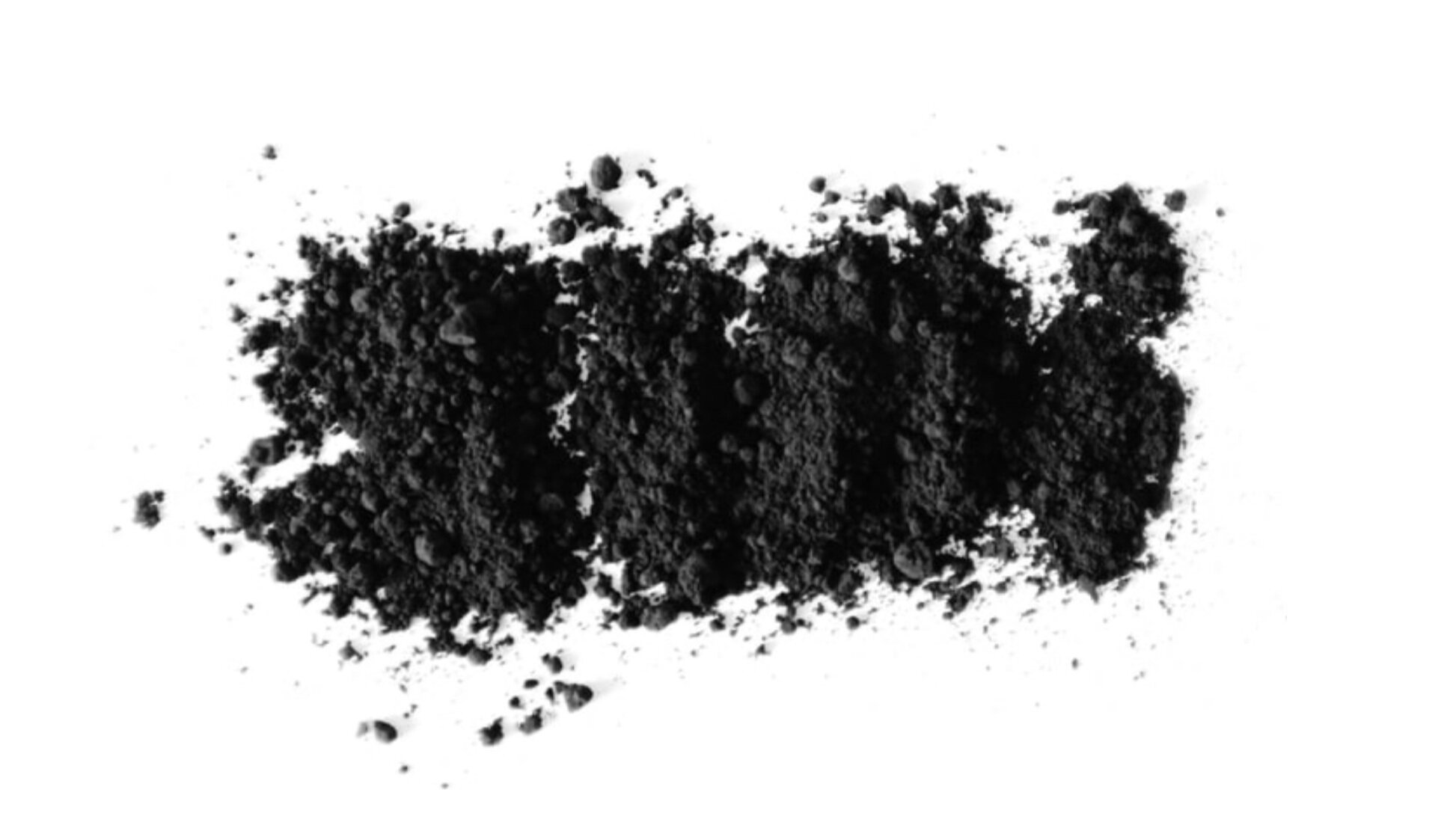Mold Detox
Here we are at the conclusion of our mold series. We’ve discussed what mold illness (CIRS) is and symptoms of it, how CIRS can specifically affect your body’s function, the connection between mold and chronic Lyme disease, mold’s effects on your thyroid, how to keep mold at bay in your home and workspace, and how to heal from mold exposure with the low-mold diet.
One important topic we are covering in this final article is how to detox from mold. As you may remember, approximately 25% of the population is unable to detox from mold. Ideally when you are exposed to a toxin, such as mycotoxins from mold, your intestines, gallbladder, and liver should work to remove it from your body. For the 25% who have compromised detoxification pathways, they will still have inflammation from mycotoxins, even if they have completely removed themselves from the moldy environment and are following a low-mold diet. Importantly, even those without genetic susceptibility may need to detox if they’ve had a serious mold exposure.
Ideally, mycotoxins should be filtered out by the liver and then escorted out through urine or stool. For the group of people who struggle with detoxification pathways, mycotoxins can do something called “enterohepatic recirculation.” This is when the mycotoxins are processed by the liver, but instead of being ushered out of the body, they are reabsorbed by the intestines and then circulated back to the liver for a continuous cycle that puts a lot of strain on the body. These are the patients that we often see in our office.
Binders
Rather than being stuck at “enterohepatic recirculation,” patients can use supplemental tools to bind to the mycotoxins and help escort them out of the body. We refer to these tools as binders. Binders are able to trap toxins in the body and remove them from the body through the digestive tract.
Zeolite
Zeolites are minerals that are very porous and have high absorbency. They also have an ion-exchange capacity and are particularly good at drawing in toxins that have a positive charge (1). Many mycotoxins are polar, meaning that they have a positive charge on one end and a negative charge on the other (2).
Zeolites come from volcanic ash and are formed when lava hits the water. The ash is purified before it is used for human consumption. Zeolite is effective at binding to mycotoxins as well as other toxins and removing them from the body (1). It can also act as an antioxidant AND strengthen the intestinal wall integrity (3).
Bentonite Clay
Bentonite clay is a soft clay that is highly absorbent. It typically forms after volcanic ash ages. Bentonite clay gets its name from Fort Benton in Wyoming where it is found in large quantities. However, it can be found in other places where volcanic ash has settled into the ground. It is very good at absorbing toxins with a positive charge (4).
Because mycotoxin-contaminated feed is a major issue in the farming industry, bentonite clay has been added to animal feed to alleviate harm from mycotoxins in the animals’ food. In one particular study with chickens, bentonite clay was effective at reducing harm from aflotoxin B, though they did not find similar results with ochratoxin A (5). Another research review also touts bentonite clay as effective against aflatoxins (6). Bentonite clay is also quite good at binding to gliotoxins.
Activated Charcoal
Activated charcoal is a fine, black powder made from various materials, including bone char, coconut shells, coal, olive pits, and sawdust. It is processed at high temperatures, which makes it more porous than regular charcoal. Regular charcoal is not as absorbent and may contain toxic substances (7).
Activated charcoal prevents toxins from being absorbed by trapping them in the gut. Like zeolite and bentonite clay, it is also particularly good at trapping positively charged toxins. In another animal study, this time with pigs, researchers found that activated charcoal prevented the absorption of the mycotoxin, deoxynivalenol, as no plasma amounts of this mycotoxin could be detected (8). Activated charcoal is also able to bind to ochratoxins, aflatoxins, and tricothecenes.
Guggulsterone
A lesser known mycotoxin binder is guggulsterone. Guggul is made from the gum resin of the guggul tree, which is a tree native to India, Bangladesh, and Pakistan (9). It has been used in Ayurvedic medicine for centuries and is used for issues such as acne, weight loss, atherosclerosis, rheumatism, hyper- cholesterolemia, and obesity. Guggulsterone, which is found in guggul, is the bioactive element that allows guggul’s therapeutic effects.
Guggulsterone is able to upregulate the bile salt export pump in the liver, which removes bile acids from the liver (10). Mycotoxins are found in these bile acids, so guggulsterone can effectively remove these mycotoxins through its elimination of the bild acids.
Why We DON’T Recommend Cholestyramine
Cholestyramine is a commonly prescribed medication for mold exposure, particularly for ochratoxin mycotoxins. Cholestyramine is a drug for high cholesterol, and similar to guggulsterone, it works by combining with the bile in your acids in your intestines. This action prevents the bile from being absorbed by the body, and it lowers cholesterol. Because ochratoxins are excreted in the bile and then reabsorbed by the gut (enterohepatic recirculation), cholestyramine binds to these mycotoxins and effectively removes them (11). HOWEVER, this drug also has a wide range of side effects. Common ones include, gas, bloating, constipation, night blindness, and osteoporosis (when drug is used for more than a few months). Less common ones include coma, convulsions, hypotension, and death. It is important for the body to produce bile. Bile is essential for detoxification, digestion, absorption of fats and fat-soluble vitamins, and many more important body functions (12). Removing too much bile from the body can be quite problematic. Though cholestyramine works through similar mechanisms as guggulsterone, cholestyramine is much stronger and has more side effects.
Detoxification Support
While more support is needed than presented here, two basic ways to detox are presented below and are beneficial for all people with mold illness.
Glutathione
Glutathione is a substance in your cells made up of three amino acids: cysteine, glutamate, and glycine. It is found naturally in the body, but can decrease with environmental toxins, age, stress, and poor nutrition. Mold can do a number on glutathione production, which increases oxidative stress and inflammation (13).
We recommend supplementing with glutathione (along with binders) to increase the body’s ability to detoxify and move toxic substances OUT of the body.
High doses of glutathione can be helpful in protecting an individual that is in a moldy environment but unable to leave right away. It is NOT a long-term solution, but it can protect the body from the full extent of damage. However, it’s important to note that you can take too much glutathione. Therefore, we recommend having your glutathione levels tested routinely via lab work.
Sweating Through Infrared Sauna and Exercise
We know that another way to detoxify from toxic substances is through sweating. There has been some research that looks at the specific toxins found in sweat, and ochratoxins have been found to be excreted through sweat (14). Additionally, whatever toxins that are excreted through sweat will lessen the overall toxic load of an individual, which will likely promote healing from mold illness. Use of infrared sauna and exercise appropriate to the individual is encouraged.
The Complexities of Mold Detoxification
Mold illness is very tricky business. While this article lays out some basics in mold detoxification, there are many hurdles to cross. Remediation of the moldy environment needs to be considered; proper supportive therapy must be present while detoxing out mold; differential diagnoses need to be ruled out; and proper lab testing needs to be done to both confirm mold illness as well as track progress and make sure the protocol is effective for the individual. Thyroid labs as well as other basic labs must be done to ensure that the patient can properly heal. And it’s extremely important to make sure detoxification pathways are open and bowels are working properly.
Detoxing out mold (after confirming the individual has a clean environment) takes around a year in most cases. For these reasons, working with a professional is necessary. Please contact our office if you suspect you or a loved one has mold illness.
Works cited:


